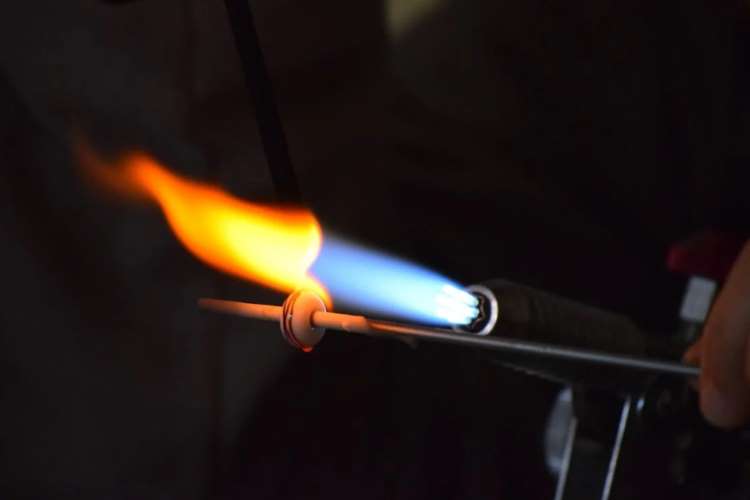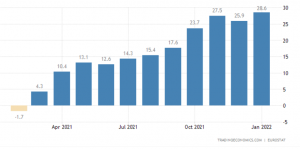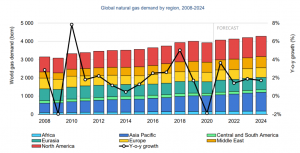
Europe may be gearing up for the worst energy crisis in recent history. The continent saw its energy bill shooting up by $1.06 trillion this year. While it managed to avert a shutdown this winter, the crisis is far from over. It needs to acquire large quantities of LNG from a pricey market next year. The year 2023 will be a make or break one for Europe’s efforts to avert a full-blown energy crisis as it faces a supply-demand gap of 27 billion cubic meters. It needs to be seen if European nations will survive the crisis without resorting to rationing and losing its competitiveness in the global market.
With the fall in supplies through Russian pipelines, gas prices will stay elevated in the next one year or so. Different European nations are tackling the crisis using different strategies. The largest European economy, Germany, has gone back to fossil fuels for electricity generation. It is meeting a third of its energy demand from electricity from coal, 13.3% more than last year’s figure. Germany will be among the few countries that will raise coal imports in 2023.
READ I India set to be a leader in renewable energy, but may still miss own targets
Euro area energy prices

Global natural gas demand

France is leaning on nuclear and hydel power to tide over the energy crisis. The risk to power supply has been lowered due to higher generation at nuclear plants and hydropower stations. The country also saw a 9% fall in demand from consumers. The government had asked households and businesses to reduce electricity consumption by 10%.
Ukraine war triggers energy crisis
Global energy prices rose to record highs after the Russian invasion of Ukraine. Russia started cutting gas supplies to Europe to revenge EU’s support to Ukraine. New emergency rules allow EU members to offer support to vulnerable citizens and businesses by reducing energy cost. The EU took several steps to reduce power consumption and expenses.
The voluntary measures seek to reduce electricity usage use by 10% by March-end. It is obligatory for EU members to cut power use by 5% during peak hours. The rule will help preserve fuel stocks and cut gas usage for power generation.
Power generating companies that use non-gas fuels had windfall gains in recent months, as they benefited from the higher prices of electricity and steady operating costs. The EU members will pass on the revenues from the regulation directly to consumers in the form of compensation and incentives to reduce power consumption. Companies that invest in clean energy will also receive incentives.
Gas is a cleaner fuel than oil or coal and is a major source of electricity. Natural gas is still a source of carbon emissions. The International Energy Agency projects a 9% increase in gas demand between 2020 and 2024. The gas output of Europe is falling as most North Sea gas gas fields are due to close soon. This makes Europe dependent on gas imports, especially those from Russia. Despite Russia fulfilling its long-term contracts with European countries, its supplies are down from 2019 levels.

